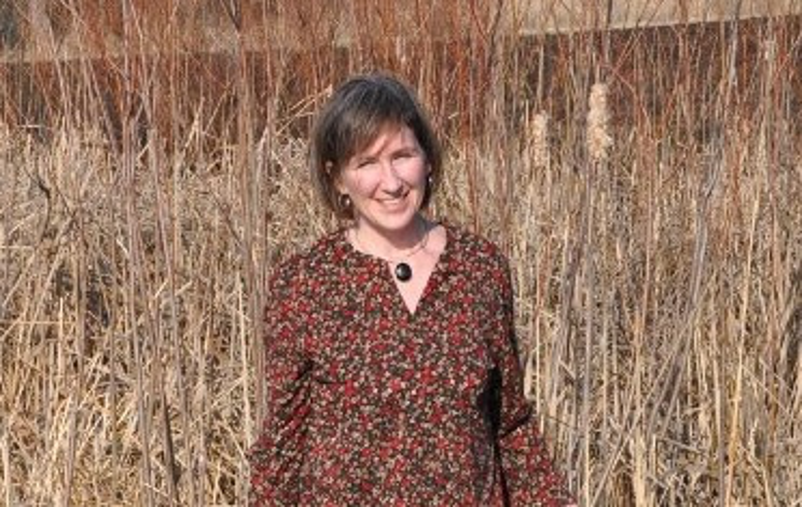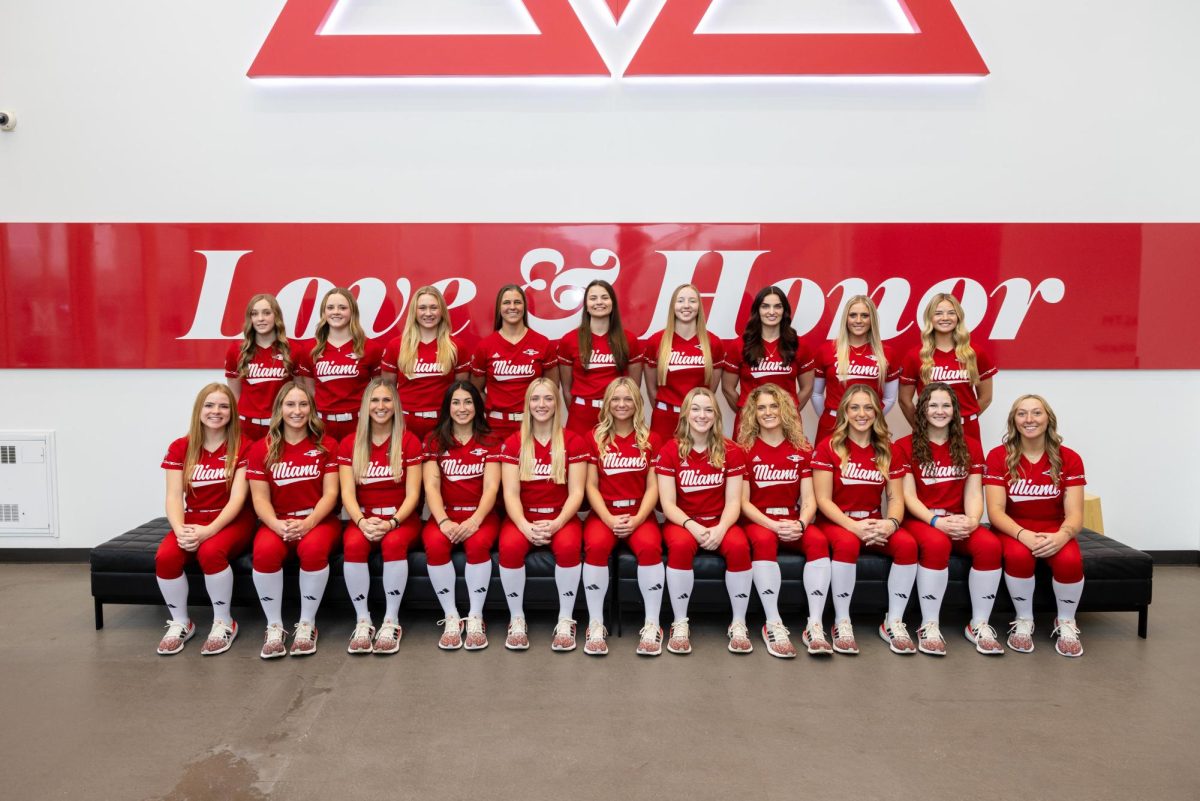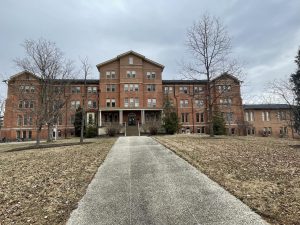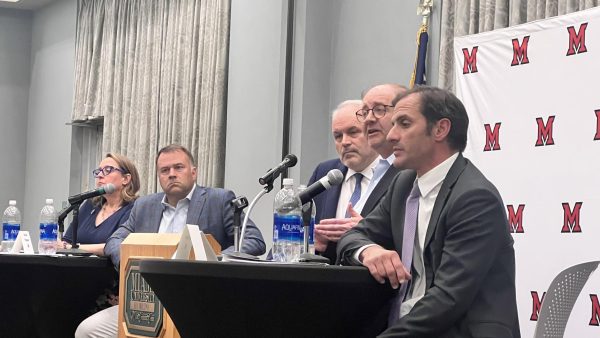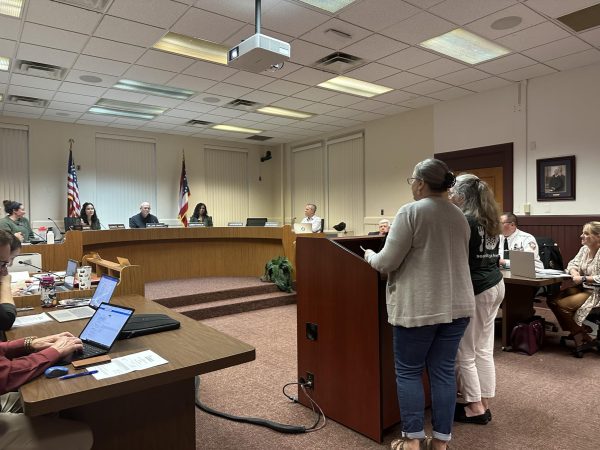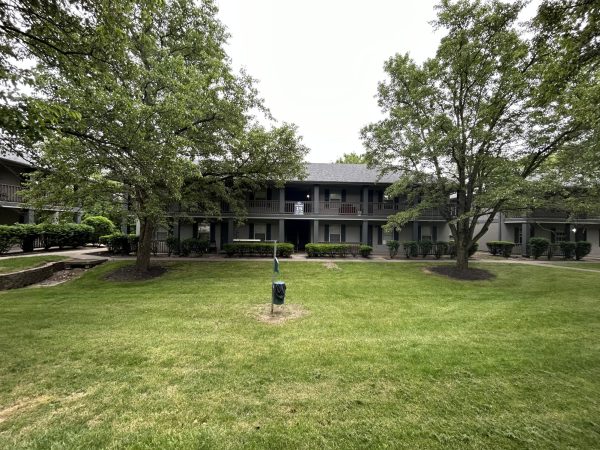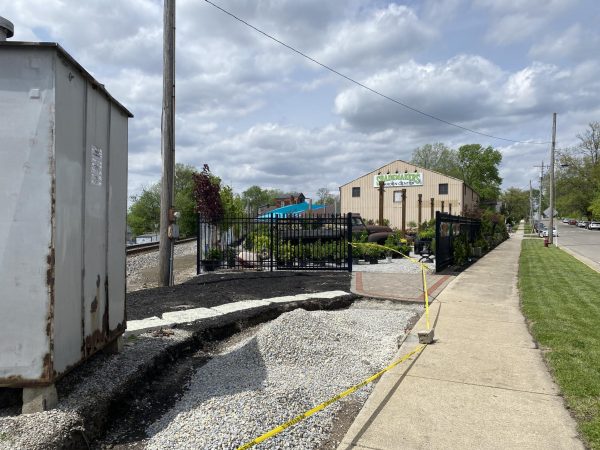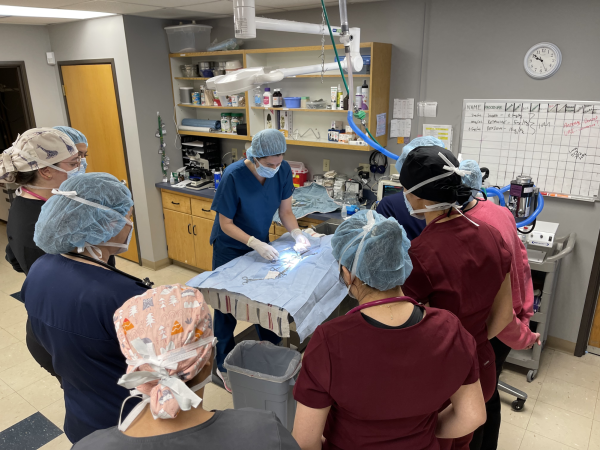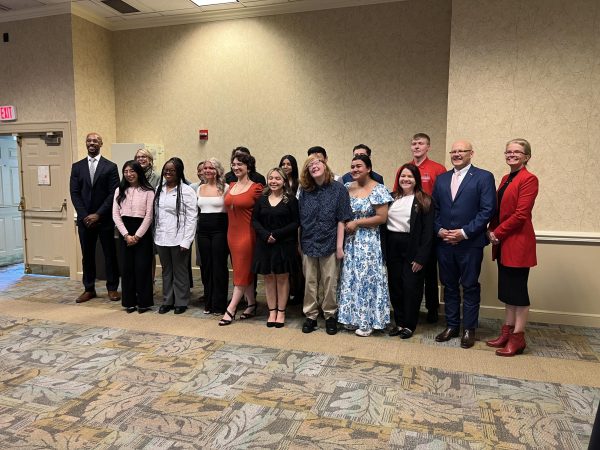Darrtown engineer photographs the universe from home
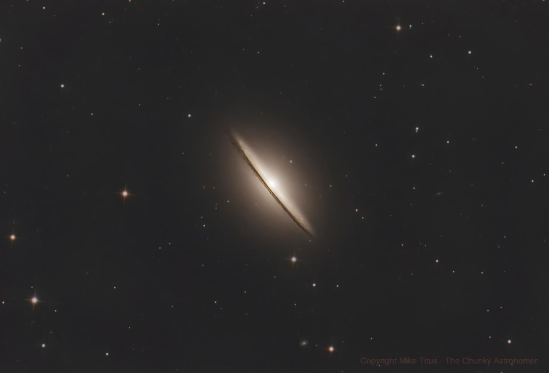
Titus’ most recent photograph was taken of the Sombrero Galaxy, located over 30 million light years from Earth. Photo by Mike Titus
April 20, 2023
In the backyard of an unassuming rural home outside Darrtown, five miles down the road from Oxford, engineer Mike Titus operates a self-constructed astronomical observatory where he surveils and photographs objects located millions of light years away from Earth.
Using powerful telescopes and computer imaging software, Titus has been taking high-quality photos of space since 2018. Since December 2019, he has been posting his work on a Facebook page entitled “The Chunky Astronomer.”
“I wasn’t getting much exposure posting on my personal Facebook page, so I made a new one,” Titus said. “My wife suggested ‘Fat Guy Astronomy Page.’ I decided on something less offensive than that.”
For Titus, astrophotography was something he picked up suddenly, but it has become one of the most important things in his life. His journey in the discipline started small and has evolved into something much larger.
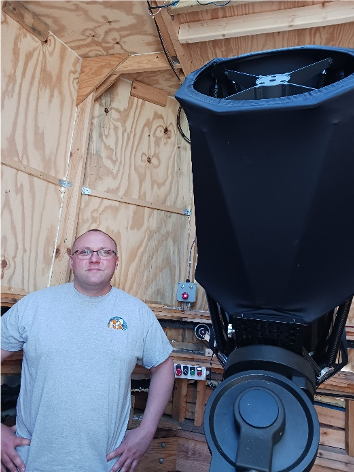
“One night I set up a field scope on the grill. I was amazed by the detail I saw on the moon. I said to myself that I’m buying a telescope tomorrow.”
Now, approaching five years later, Titus has built his own observatory, runs his Facebook page, and has become vice president of the Cincinnati Astronomical Society.
The mostly-wooden observatory consists of two floors: a lower level containing a computer workstation where Titus refines his images, and an upper level where a human-sized telescope lives. Titus has installed metal retractable panels that open when he wants to view the sky, and can rotate the second floor to face any direction he pleases. Titus did not give an exact figure for how much he spent building the observatory, but implied it was well into the thousands.
The Cincinnati Astronomical Society (CAS) has a history stretching back over a century and is one of the oldest organizations of its kind in the nation, according to president Bryan Simpson.
Founder DeLisle Stewart created CAS in 1911 as an astrophotography-focused group after the Cincinnati Observatory refused to provide him necessary photography equipment. Now, the volunteer-only organization serves as a gathering place for local astronomers and an educational body that frequently does outreach events.
The society has headquarters in Miamitown, where it holds its members-only meetings, and also has two other properties in rural Adams County, Ohio and Bracken County, Kentucky that are set up for camping and stargazing.
“To do astrophotography, you have to have a dark sky,” Simpson said.
Simpson also recognized the contributions of Titus as a newer yet extremely devoted member.
“He’s already in the top three or four astrophotographers in the area,” Simpson said. “He has a real passion for it, and I hope that spreads to others.”
Ryan Martin, another CAS member and astrophotographer, is one person who Titus has already spread his influence to.
“Mike has inspired me to do an observatory,” Martin said. “I have the two telescopes I want and am really excited about this coming summer.”
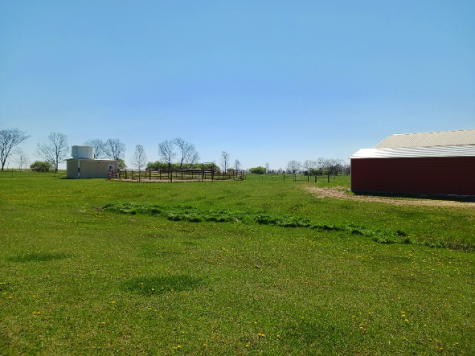
Martin has been a member of the astronomical society since December 2019, after he “fell into a YouTube rabbit hole of astrophotography” while dealing with a foot injury and decided to take up the hobby using a telescope he had been given as a child.
Neither Martin nor Titus have an academic background in astronomy. Titus said he largely educated himself on the subject through Wikipedia articles, library books, and instruction from fellow CAS members.
“You can’t discount the contributions of amateur astronomers to the field,” Simpson said.
It’s possible that Titus has already made major contributions to the field, as he has sent images of multiple asteroids to the Minor Planet Center for review as potential new discoveries.
While he waits for word back, Titus will continue to operate his observatory each night, searching for the next big photo op and hoping no clouds or rogue satellites will get in the way.








